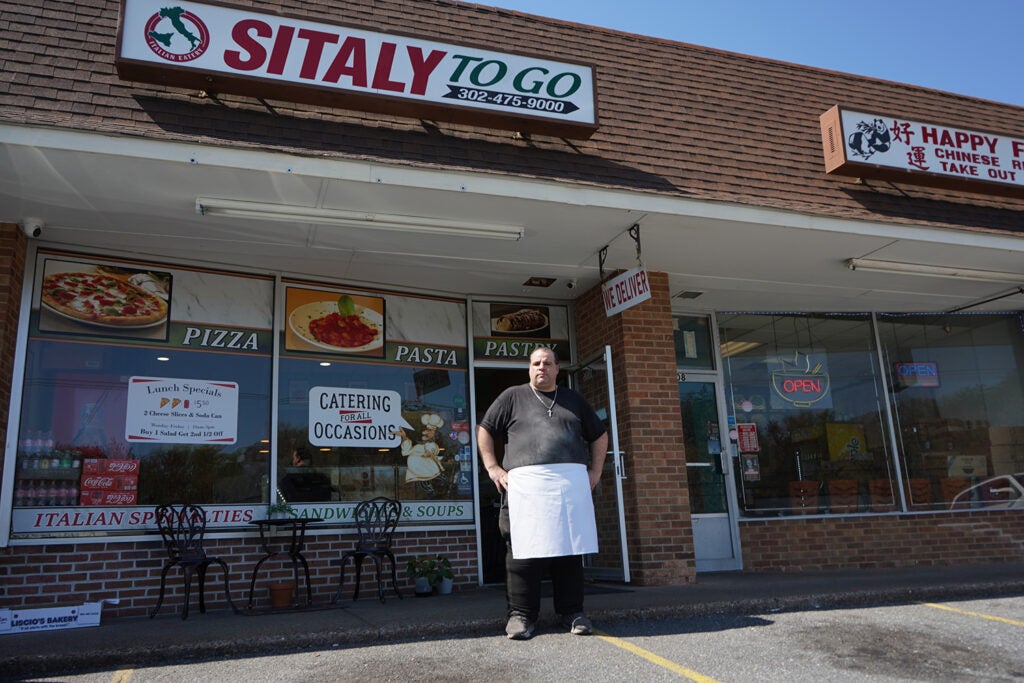Oversaturation is as easy as ABC: ‘Just by nature of capitalism, somebody’s not going to survive’
Mall rents are close to an all-time high, according to Adam Cummings, a retail occupier mall practice leader for CBRE. He said its because in the aggregate, occupancy is still relatively low.
“If there’s very little vacancy and they’ve got three or four guys that are all fighting over the same space, they have no incentive whatsoever to bring that rent down,” Cummings said.
David Putro, senior vice president of commercial real estate analytics at Morningstar Credit, said the “malls that are not going to survive the cycle are the ones that are recognizing just now that these changes have to be made.”
Putro noted that location is playing a huge role in the success of some malls. He used the Montgomery Mall as an example. Montgomery, which is flanked by both King of Prussia and Willow Grove, has been unable to keep its head above water.
“No one is building a mall anymore. The number of malls in the country right now is the maximum there will ever be in this country ever again. It only goes backwards from here,” Putro said.
Cegielski believes many parts of America are oversaturated with malls.
“When suburbs were built over the last 50 years, every kind of new community, they would put them all there or some new shopping center there,” Cegielski said. “And so if the market is saturated — just by nature of capitalism, somebody’s not going to survive.”
She said it can be an opportunity.
Far from a natural death
The mall isn’t dead, at least as a whole. However, what is clear is it has moved far away from the intended vision of its creator. Gruen had publicly disavowed the mall in 1978. He balked in disgust when he returned to Vienna to find a “gigantic shopping machine.”
His intention to give American suburbs a town center backfired. Lange said there’s still hope — for Gruen’s vision and for the mall as an institution.
Unfortunately for Spennato, that hope seems to have perished.
The mall called to him again in 2009. He tried to resist the urge to return to the food court. But the memories and nostalgia of a beloved family business outmatched his will power.
“My father told me when I wanted to go back to the mall, ‘Don’t go do business with these people,’” Spennato said.
He admitted his naivete got the best of him.
“I felt like he got wronged and I went back for revenge like ‘I’m gonna show them,’” Spennato said.
Spennato opened Sandro Pizza at Granite Run. At the start of his leasing agreement, he was dishing out $4,000 a month in rent.
But, he soon realized he was on a sinking ship — forced to pay an escalating rent to keep the lights on while his landlord began the process of de-malling.
He was there when the mall closed in 2015. Spennato estimated he had given mall ownership nearly $200,000 in rent. His landlords got to walk away largely unscathed.
“I could have totally accepted it had it had been a natural death, but when I know that they purposely killed it, it bothers me,” Spennato said.
Whether malls are dying or evolving might be a matter of perspective — or it might not matter at all. Spennato’s mall is dead. It’s not coming back.
Luciano, toward his later years, waded into the restaurant construction business.
“This is his last gift to me,” Spennato said, gesturing toward Sitaly To Go. “Building this for me.”

Spennato opened his new pizzeria at 1806 Marsh Road in September 2019. His father died in May 2021 due to COVID-19 at the age of 65.
These days, his rent is $1,700 a month. Despite malls still tugging at his heart, Spennato said he’ll never pay a big rent again.
“It’s just not worth it,” Spennatto said.
